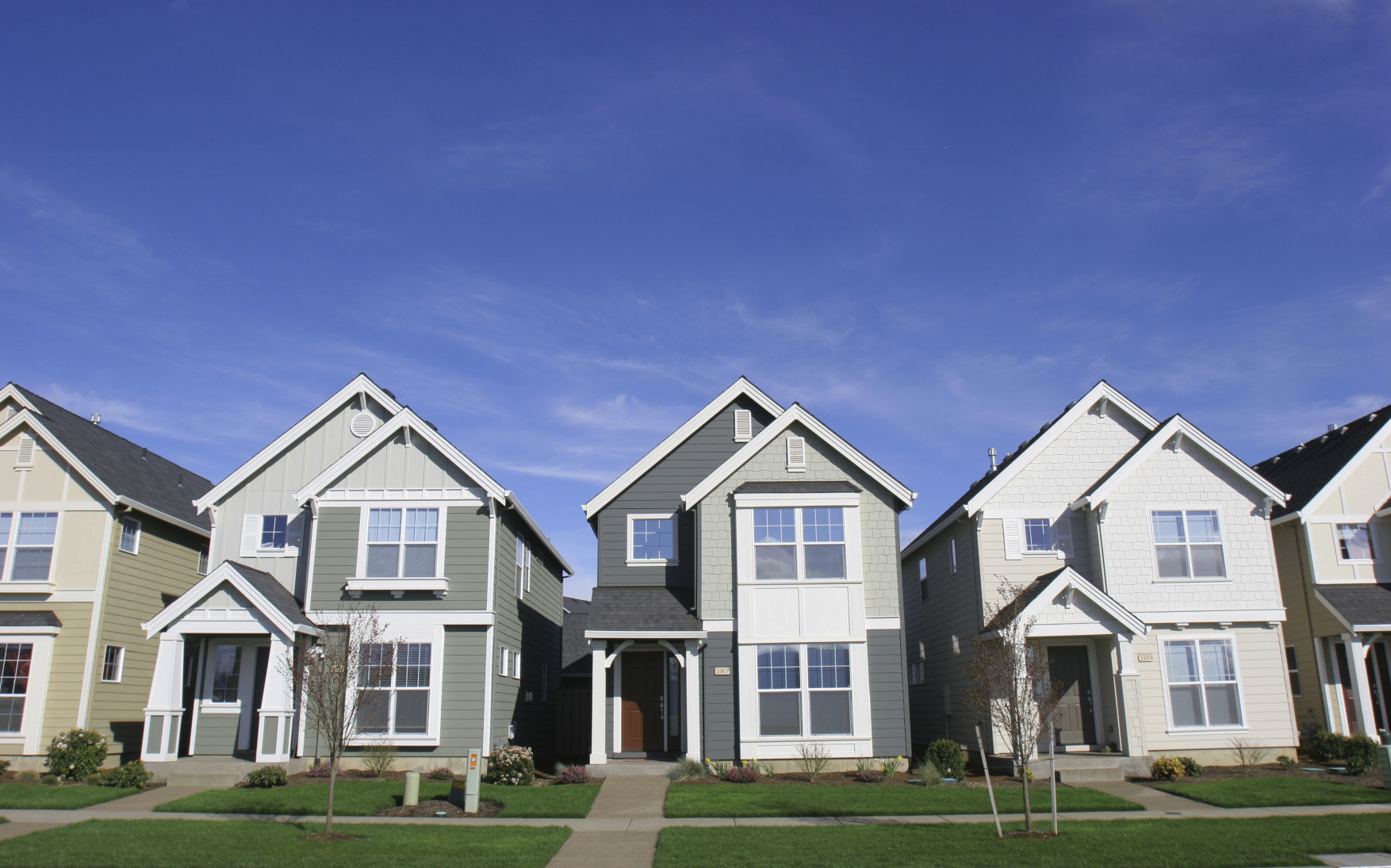
It’s no secret that the economy is currently on the upswing. In Northeast Ohio, new construction and building renovations are prevalent throughout the region. There are ample opportunities for economic growth as property values rise, new businesses emerge and more investors tie money into the market. Cleveland is a great example of a recovering economy. Pockets of the city are emerging as trendy neighborhoods, complete with new townhouses, apartment complexes, shops and restaurants; think the Detroit Shoreway, Ohio City, and Tremont. These neighborhoods were financially neglected for decades but now offer opportunities for promising investments. The market is taking strides towards serious recovery. What better time for Congress to introduce tax incentives for investing in these recovering neighborhoods?
The 2017 Tax Cuts and Jobs Act passed an innovative concept where taxpayers may defer capital gains on business stock sales or other assets by investing those gains in Qualified Opportunity Zones. The idea is to give taxpayers an incentive to invest in high-poverty areas, which in turn, spurs economic growth by becoming increasingly attractive to new developers. If the market continues to improve, there is great potential for a win-win situation for both the taxpayers and the economy.
The Incentive
The incentive is that investors may be able to defer capital gains tax for up to ten years. In addition, gains on appreciated property within the Qualified Opportunity Zone may be forgiven partially or in full depending on the holding period. Here’s how it works:
- Taxpayer must reinvest gain proceeds from the sale of business stock or other assets within 180 days of sale.
- The initial basis in the Qualified Opportunity Zone property is deemed to be zero.
- If held for five years, the taxpayer’s basis is increased by 10% of the deferred gain, which means 90% of the deferred gain is taxable.
- If held for seven years, the basis is increased by another 5% of the deferred gain, which means 85% of the deferred gain is taxable.
- If held for ten years, the basis in the opportunity zone investment equals its fair market value on the date of sale, which means there is no taxable gain on the appreciated value of the investment.
- The original deferred gain portion of the property is taxable when the property is sold or when the Tax Act expires on December 31, 2026, unless, of course, it is extended.
- In the year of sale, the taxpayer may recognize the taxable gain as the lessor of the originally deferred gain or the fair market value of the qualified property minus the taxpayer’s basis in the property (which is deemed zero at commencement).
The Fund
A Qualified Opportunity Zone Fund is required to be set up to act as the facilitator for investments in the opportunity zones. The holdings of the fund must be exclusive to property within a Qualified Opportunity Zone. Property may include real estate development and renovations, expansion of an existing business into the opportunity zone or of those already within the zone, and starting a new business. There are specific rules to follow in order for these funds to qualify for tax deferment. If rules and measurements are not met, penalties may be assessed. The fund must meet the following requirements:
- It must be set up as a partnership, LLC or corporation and elect to be a qualified opportunity fund by attaching an IRS form to a timely filed federal tax return.
- Investment must be acquired after December 31, 2017 from an unrelated party.
- 90% of assets must be held in a Qualified Opportunity Zone.
- At least 50% of income must be derived from actively conducted business.
- Certain recreational type business activities are excluded, such as country clubs, racetracks, liquor stores and tanning salons.
- The acquired property must be substantially improved by the fund, or new use of the property must commence when purchased by the fund. Simply purchasing property in an opportunity zone without any substantial improvements or changes to use will not qualify.
The Zones
Qualified Opportunity Zones are located throughout the United States. These zones are distressed areas with high poverty rates and low-income housing. Each state, including District of Columbia, has nominated areas to be Qualified Opportunity Zones. Some areas are still in the process of approval by the Secretary of the Treasury. A current list of approved zones may be found by visiting the U.S. Department of Treasury website. Specifically in Cleveland, some of the neighborhoods that currently qualify include downtown, the east and west bank of the Flats, Tremont, Glenville, University Circle, W 25th and bordering neighborhoods in Ohio City. Other notable Qualified Opportunity Zones in northern Ohio include neighborhoods within the downtown areas of Akron, Medina, Youngstown, Painesville, Lorain, Huron and Sandusky.
The Conclusion
As our economy continues to improve, investors will be eager to take advantage of new opportunities that develop in a healthy market. Investing through a Qualified Opportunity Zone is a savvy strategy for those looking to defer gains and lower future potential gains from a lucrative business; not to mention the chain effect it will have on our local economy. These opportunity funds also allow investors to be creative in the way they structure their businesses. Contact the professionals at Corrigan Krause to learn how you may take advantage of the Qualified Opportunity Zones with your investment.
